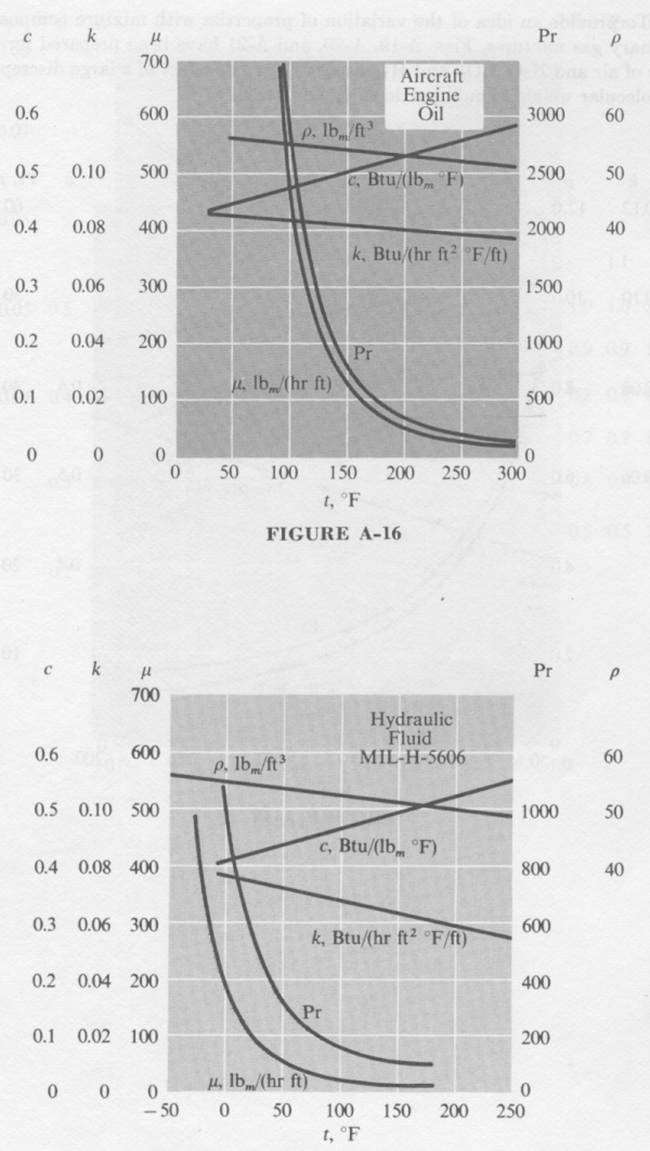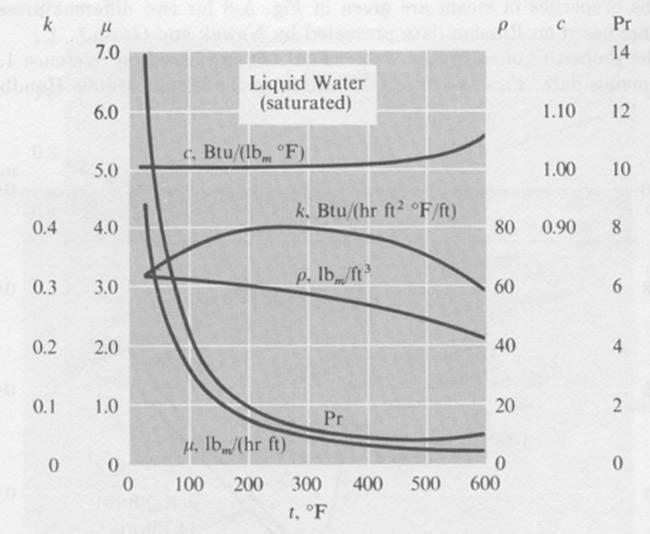Mike wrote: I was working on the shimmy problem
a couple years ago when a bunch of the ES guys were dealing with shimmy.
I did some temperature tests on BelRay 30W. I used a Zahn cup to measure
viscosity so my measurements were time measurements. I tested it at 60F,
90F, 120F and 180F. From 60F to 90F its viscosity was cut
in half. From 90F to 120F it was cut in half again. So from
60F to 120F the time for the oil to flow through the Zahn cup was 1/4.
I'm not sure of the science of damping vs. viscosity
measured with a Zahn cup, but the struts are definitely affected temperature.
After running my tests and posting them to the ES group,
some of the guys suggested some very high quality multi-viscosity motorcycle
racing strut oils like Spectro. They only performed slightly better than
the BelRay 30W.
The new style strut uses hydraulic fluid which doesn't
change viscosity with temperature. I tested it too.
Here is some data from Kays, Convective Heat and Mass Transfer. Absolute viscosity (which
controls damping via creation of friction losses from fluid shear) is plotted
as “mu” which parallels the Pr line (Prandtl number, ratio of
momentum transfer to heat transfer of a fluid). You can see that
hydraulic fluid is “runny” with low viscosity at the temperatures
of interest, fine for transferring hydraulic pressure, not so fine with highly
loaded journal bearings (think crankshaft). The curve for hydraulic oil
looks like it is flat near the bottom, but if you blew it up, you would see
that it is still falling rapidly, on a percentage basis. Most liquids
have this same viscosity vs. temperature characteristic. For jollies I
put a chart for water at the bottom. Note the scale change. Water
also “thins out” dramatically with temperature.
For aircraft engine oil increasing the temperature from 100F
to 200 F yields about a TEN FOLD decrease in viscosity. (No SAE number is
given, but I would guess SAE 60 for radial engines.) With hydraulic
fluid, one would expect roughly the same magnitude of viscosity decrease with
temperature, but the data is too close to the horizontal axis to make a guess,
and quits before reaching 200F.
The critical lesson in all this is just what Mike said: “…the struts
are definitely affected temperature.”
And how. Fred

